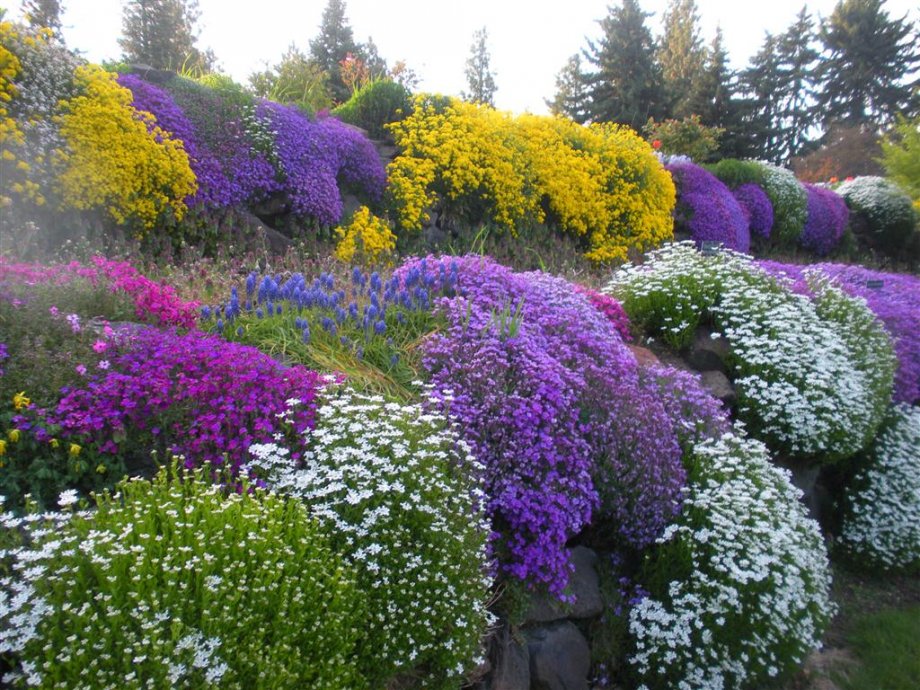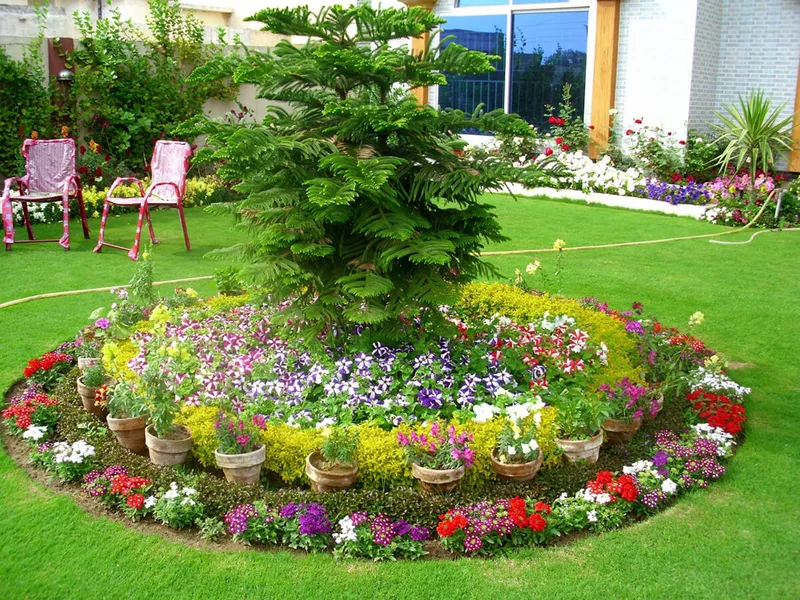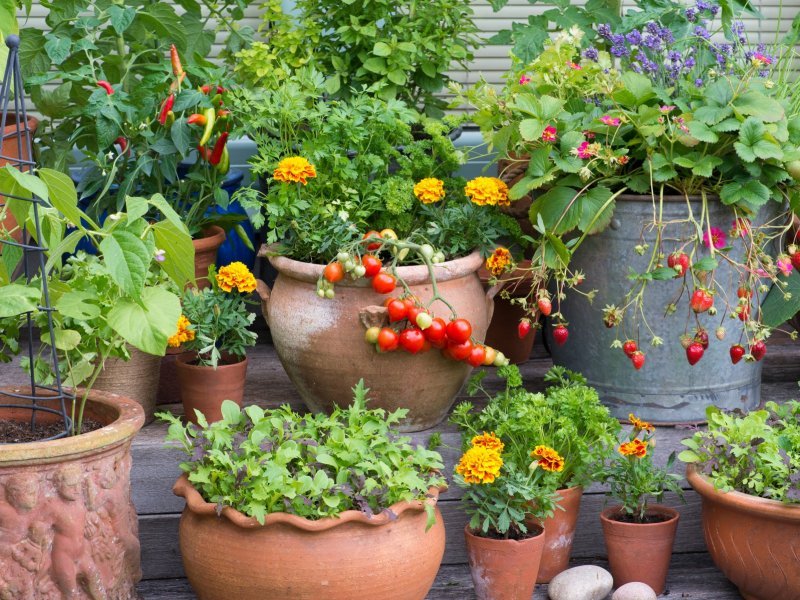Many perennials appreciate the latter, and will flower longer when planted in positions out of the glare of the direct midday and mid-afternoon sunshine. Dicentra spectahilis (bleeding heart) is a good example of this.
At the same time, though, it has to be remembered that if the light only strikes them from one side, they will always grow towards that side, and they may have to be staked and tied accordingly. This can happen in the case of tall delphiniums set against a high wall, leaning towards the light.
Planting under or near trees also brings other dangers – for example, pests. Trees harbor aphids (greenfly) and the sticky deposits from these which drop on to plants and encourage the development on their leaves of the unsightly black growth known as sooty mould. Earwigs and various caterpillars will always be a problem, and even the drip of heavy rain (as from a brief summer thunderstorm) from trees on to flowers underneath may be enough to ruin them.
Another notable point to take into consideration is the difference between shade from trees and shade from walls or fences. Plants growing near trees, and especially underneath them, are in fierce competition for the available food and moisture. Tree roots take an immense amount of both these essentials from the soil, which quickly becomes poor and dry.
On the other hand, the ground against a wall or fence can be too wet or too dry, depending on the direction of the prevailing wind and rain. The north-facing side of a wall is always wetter and several degrees cooler than the south side; and although the moisture difference between the east and west sides may not he so marked, the west will always be warmer, and plants in general are more favored.
The effectiveness of Hardy perennials as flowering plants, however, is controlled by the amount of light they receive. The majority of them can take temperature differences in their stride, many will grow in damp or dry soils, but almost all must have full light for at least part of the day to produce their maximum amount of flower on good stems.
This is one of the main reasons for development in recent years of the hardy perennial island bed. The older idea of a herbaceous border against a background wall or fence, although convenient and effective if well done, always produced – at least in the back part – plants drawn up by the half light, too tall and too weak to stand up for theta- selves, necessitating time- consuming staking and tying. Island beds in an open site without such influences produce plants of natural height and spread, and save much labor. With this in mind, new varieties of many plants have been bred with shorter and tougher stems, but with no loss of flower majority of hardy perennials is the amount of light or shade in which they are expected to grow. Peony in dense shade, for instance, might produce a good crop of leaves, but there will be few, if any, flower buds, and these on stems too drawn up and thin to support them. Even those plants recommended for shady spots will usually produce sturdier flowering stems in the open.









